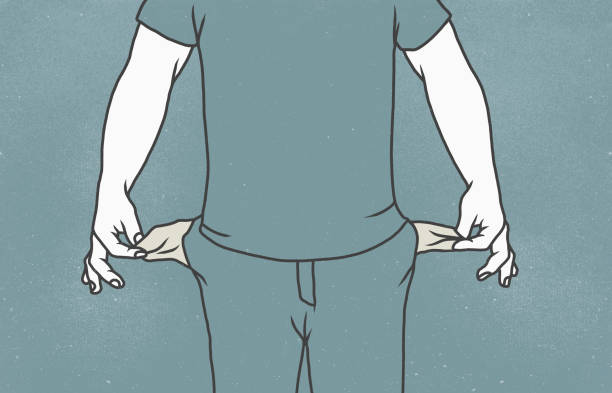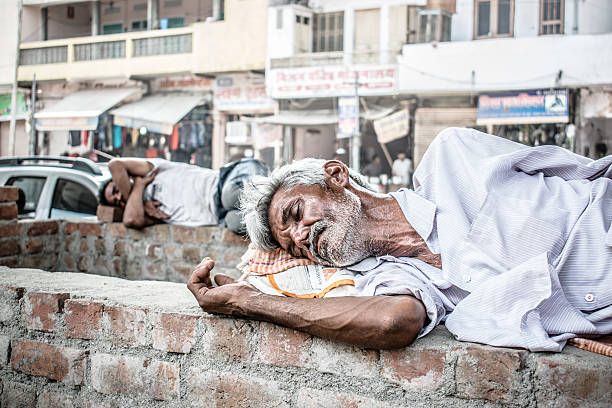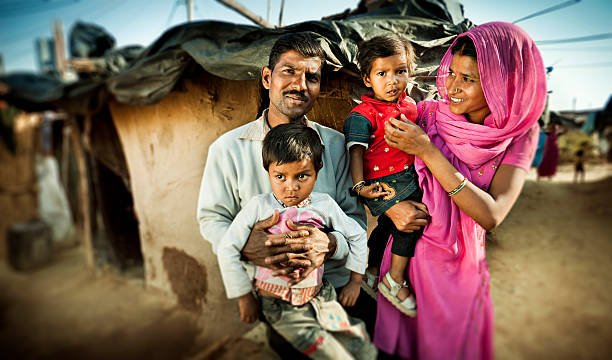
You cannot build anything on the foundation of caste. You cannot build up a nation. You cannot build up a morality.
Dr. B.R. Ambedkar
The country we live in is independent and people are gifted with democratic rule. There is a right to freedom and liberty to use this freedom in an equal way. It is important to ensure that equality is carried out in the segment of society. A social system in India can be divided into many classes as per Social and Economic status. Among those, upper-caste people with low or medium-income are the sufferers of the reservation system and are frustrated towards the unfair system established by the government.
Reservation is one of India’s most controversial topics. People with different beliefs and values coexist in our country and all have vastly different perspectives on it. Reservation dependent on caste was first introduced in 2nd B.C., in the Manusmriti where the merit was never considered, and all the laws were based on caste. Depending on their birth, it mainly divided people into high and low castes. Money, political influence, spiritual leadership, schooling, land ownership, commerce, and lucrative things were reserved for the upper class only.
This article will analyze the Constitution 103rd Amendment Act, 2019 in the context of Indira Sawhney’s landmark case. The reservation has consented because it was supposed to be there for only ten years. After all, one could not refuse to accept that the lower castes and minorities had faced crimes against humanity by other communities in the past, and also that justice and empowerment were required to uplift them. It is, however, a never-ending issue in the current times.
The reservation system in India involves a range of affirmative actions that the government has taken to uplift the weaker sections of society by bringing them into government jobs and higher education institutions. A unique system was developed as a temporary solution for bringing the whole community on one stand after the country got independence. However, this concept is becoming overly critical with time due to the appeasement politics inherent in a country like India. No government in the power wants to remove or change this scheme of reservation due to the fear of losing the vote bank in the upcoming elections.
The Constitution (One Hundred and Third Amendment) Bill, 2019, was introduced in the Lok Sabha on the 8th of January 2019 to provide quotas for economically weaker sections of the society in higher education and public sector jobs. The Bill was passed in Parliament’s lower house, with just three out of the 326 members present voting against it, and then subsequently passed by the Rajya Sabha, without any recommendations or suggestions regarding the change. When the bill was approved by both the Parliament Houses i.e. Lok Sabha and the Rajya Sabha, was passed on to the President and when the President of India gave his assent to the Bill, the 2019 Constitution Act (One Hundred and Third Amendment Act) came into force from the 14th of January 2019 as notified by the Central Government in the official gazette. The Act provides for the reservation of 10% for Economically Weaker Sections in public sector employment and private academic institutions.
Amendments made
Article 15 dealing with Prohibition of Discrimination and Article 16 dealing with equality of opportunity was amended by the Constitution (103rd Amendment) Act, 2019.
Article 15(4) authorizes the State to make some provision for the development for the SC and ST tribes of any socially and educationally backward class of people.

Article 16(4) provides for the allocation or reservation of posts for any backward class of people who, in the view of the state government, are not sufficiently represented in public services of the state. It was generally understood that the word backward class of people includes SCs and STs and socially educated backward castes.
The newly added clause (6) to Article 15 allows the government to create quotas or reservations in institutions of higher education, including the private institutions, for the economically underprivileged sections of the society whether they are included by the Government. However, Minority educational institutions are excluded.
Similarly, the newly added clause (6) to Article 16 provides for the quota or reservation in the initial appointment of government or public services for poor sections.
Eligibility to claim reservation under EWS Quota
In the act, the economic weakness eligibility criteria have been drafted in such a way that it seems to possibly cover all Indians. A few of these criteria are liberal enough to accommodate nearly 95 percent of the Indian population. Some of the criteria are –
- The Annual family income should not be more than Rs.8 lakh.
- The maximum area of land owned for the agricultural purpose should not be more than 5 acres.
- The house area should not be more than 1,000 sq. ft.
- It covers Muslims, Sikhs, Christians, Buddhists, and other minorities and people from the General category too.
Positive Impact of the Economic Reservation
I would like to say that not all people belonging to general castE are rich or even financially strong enough to spend money on the education of their child in a well-known institution. And, not all people belonging to lower caste are so poor or financially unprivileged that they are unable to send their child to a good school, college, or coaching. Even the children of a lower caste who were financially stable enough to send their child to some famous coaching are seeking profit under caste-based reservation and are getting admission in famous colleges and public sector. And, children of the upper cast who were not financially stable enough to send their child to coaching institutes were not getting any privilege or profit from the government. Finally, such children cannot also get the privilege and claim benefit.
Negative Impact of the Economic Reservation
The irony here is obvious. The country, which is economically weak and poor, with accumulated economic power in the hands of a few. Also, it is simply ridiculous to consider criteria that apply to about 90 percent of the population becoming the basis for a 10 percent reservation. The public sector, besides, has long abandoned the Indian economy’s dominant position and had created fewer and fewer jobs over the past few years. Simply, it means that the number of jobs offered or available will be comparatively low and that competition and rivalry for them will be far more unbelievably high than what it already is.

The biggest question is why and how reservation produces so much heat when it certainly gives truly little tangible gain. Even if it goes into effect it will make millions compete and struggle for a few thousand positions in the best possible way. The real bone of contention is the extraordinarily low level of sustainable work.
The overall reservation that already exists in India is 49.5 percent and this additional 10 percent would increase the percentage to 59.5 percent, thus breaching the 50 percent reservation cap enacted by the Supreme Court in Indira Sawhney v Union of India.
The Supreme Court in the Indira Sawhney case had set a 50 percent limit on caste-based quotas and reservations and ruled that no provision of reservation or privilege could be so aggressively followed that the very principle of equality gets destroyed. The same courts have repeatedly ruled that reservations under Art. 15(4) and 16(14) could not exceed 50 percent and that this was also agreed by both the central and state governments.
The constitutional bench in the case T.M.A. Pai Foundation and OR. V. State of Karnataka and P.A. Inamdar v. State of Maharashtra made it abundantly clear that the reservation policies of the States cannot be enforced on unaided academic institutions because they do not receive any state assistance, and hence, they can have their admission criteria provided they are equal, open, anti-exploitative and merit-based.
Conclusion
The Indian Constitution’s framers had taken into consideration the prevailing situation that negatively impacted the country’s equality at the time of drafting the Constitution. There were a significant number of underprivileged groups of people who have encountered social inequality in the garb of the caste system for many years, and members of those so-called lower classes require appropriate social representation. Therefore, attempts were made to equalize these disadvantaged sections with the other sections of the community by reservation policy, which is considered constructive or defensive discrimination introduced in the Constitution.
However, poverty remains an obstacle to achieving equality and there is considerable inequality among citizens of different economic statuses. Therefore, through economic reservations, the Government has taken a step forward in eradicating this form of discrimination as a means of achieving equality within the country.
The reservation scheme has also caused controversy between citizens in the reserved and unreserved groups. The former supports the system while the latter criticizes it with multiple logics. From a neutral viewpoint, it can be argued that while quotas are required for the region, at the same time a program needs to be developed that promotes affirmative action rather than appeasement policies.
India is a fast-growing economy; any negative factor of the reservation should not act as an obstacle to its growth. As it is said that the law is the public conscience, the people’s trust is on the top of the judiciary that will deliver the best possible outcome for this dispute.
Reservations often produce too much conflict but yield only marginal gain. The bill’s practical consequences would not be that important as it will make millions fight for those hundred jobs that are just what is happening today. It is high time governments understood that the solution to their depressed population is not a reservation but rather job creation.
Merit should be basis of education, caste equality can’t be achieved through reservation.